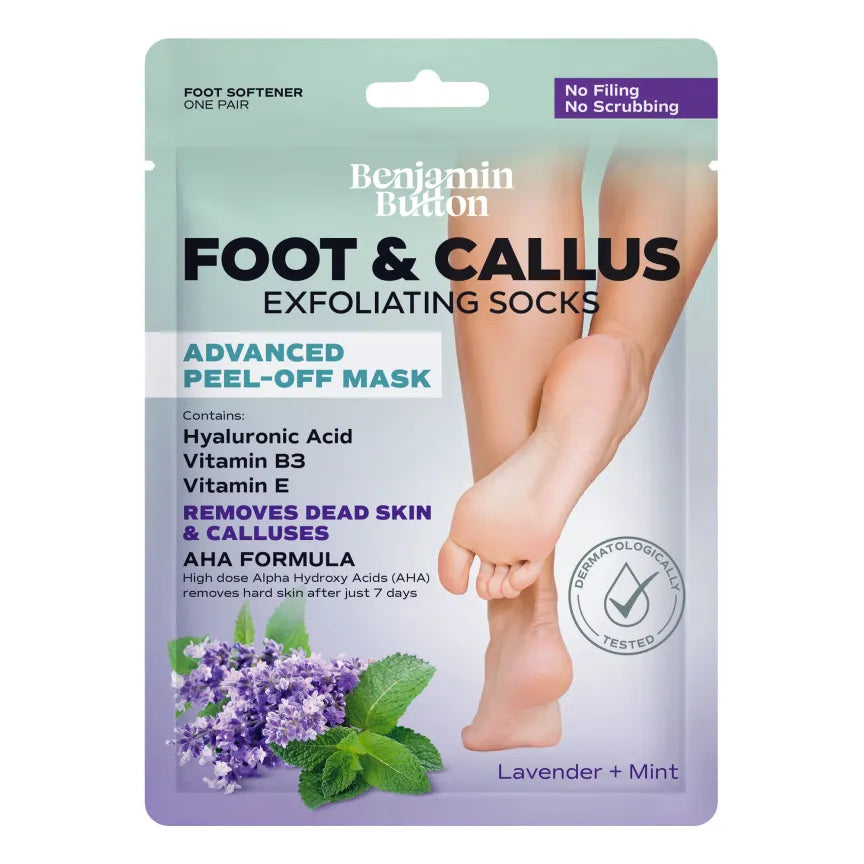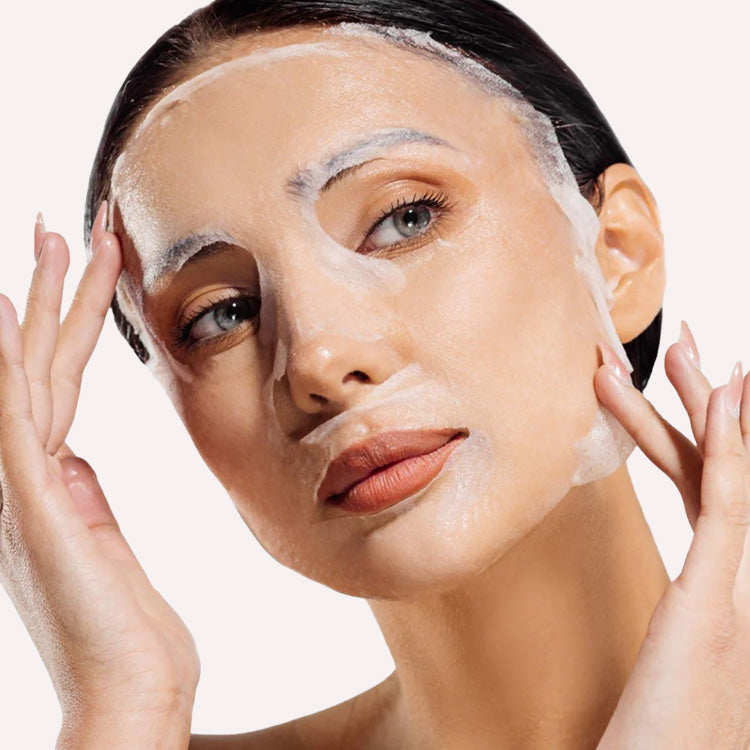Understanding Hip Dips: Causes and Why They're Normal
Hip dips, also known as “violin hips,” are the subtle inward curves found just below the hips and above the thighs. Often celebrated in recent years for their uniqueness, hip dips play an important role in our body’s aesthetic harmony. Despite growing awareness, many still struggle to understand their presence and significance. Let’s unravel this topic and embrace our bodies' natural shapes.Understanding the Anatomy
Hip dips are primarily influenced by our bone structure and fat distribution. To grasp why they exist, one must consider the anatomy of the pelvis and the hip region.- Pelvic Structure: The shape and width of your pelvis are key factors. A broader pelvis is more likely to create the curved silhouette that characterises hip dips.
- Body Fat Distribution: Natural fat distribution varies considerably from person to person. Some may notice fat accumulation around the thighs and buttocks, emphasizing hip dips.
- Muscle Development: The muscles around the hip area, including the gluteus medius, can also impact the appearance of hip dips, as certain muscles can create more definition in this area.
Why Hip Dips Are Normal
Hip dips are completely normal and are present in people of all shapes and sizes. Recognising hip dips as a natural occurrence is essential. Here are several reasons to embrace them:- Genetics: Following in the footsteps of generations, genetic factors play a significant role in your body shape. It’s simply part of your family trait.
- Body Diversity: Human bodies come in countless forms, and hip dips reflect the diversity that is beautiful. Celebrating individual differences can foster a more inclusive understanding of beauty.
- Health over Perfection: The pursuit of perfection often leads to dissatisfaction. Understanding that hip dips are an inherent aspect of many bodies allows individuals to prioritise health and well-being over unrealistic beauty standards.
How to Embrace Your Hip Dips
Accepting your hip dips is a step towards embracing your natural body. Here are practical tips to help elevate your confidence and love your silhouette:Fashion Choices
The way you dress can influence how you perceive your body shape. To highlight your curves, consider the following strategies:- Right Fit: Opt for high-waisted bottoms or tailored pieces that accentuate the waist while providing ample space around the hips.
- Layering Techniques: Use layers to create balance. A structured jacket or cardigan can enhance your shape while camouflaging areas you may feel insecure about.
- Bold Prints and Patterns: Employing vibrant patterns can shift the focus away from specific areas. Consider enjoying bold designs and lively colours that express your personality.
Fitness and Wellness
Incorporating fitness into your routine is an empowering way to embrace your body, including your hip dips. Here are a few areas to focus on:- Strength Training: Targeting your glutes and surrounding muscles can enhance your hip shape. Look for exercises like squats, lunges, and hip thrusts.
- Yoga and Pilates: These forms of exercise promote flexibility, body awareness, and stress relief. Emphasising your body’s capabilities may aid in accepting its natural shape.
- Mindfulness Practices: Engage in activities centred on self-acceptance, such as meditation or journaling, to cultivate a positive body image.
Common Misconceptions about Hip Dips
Understanding hip dips means addressing misconceptions that may cause doubt or confusion. Here are some prevalent myths:- Hip Dips Equal Weight Gain: Hip dips are not a direct indicator of weight issues but rather a reflection of one’s body structure.
- They Can Be Eliminated: Drastic change often leads to unpredictable results. Many attempts to "fix" hip dips can lead to frustration since they are a natural aspect of body diversity.
- Only Larger Bodied Individuals Have Them: Hip dips can appear on anyone, regardless of body size. It is a common misconception that they are exclusive to specific body types.






















